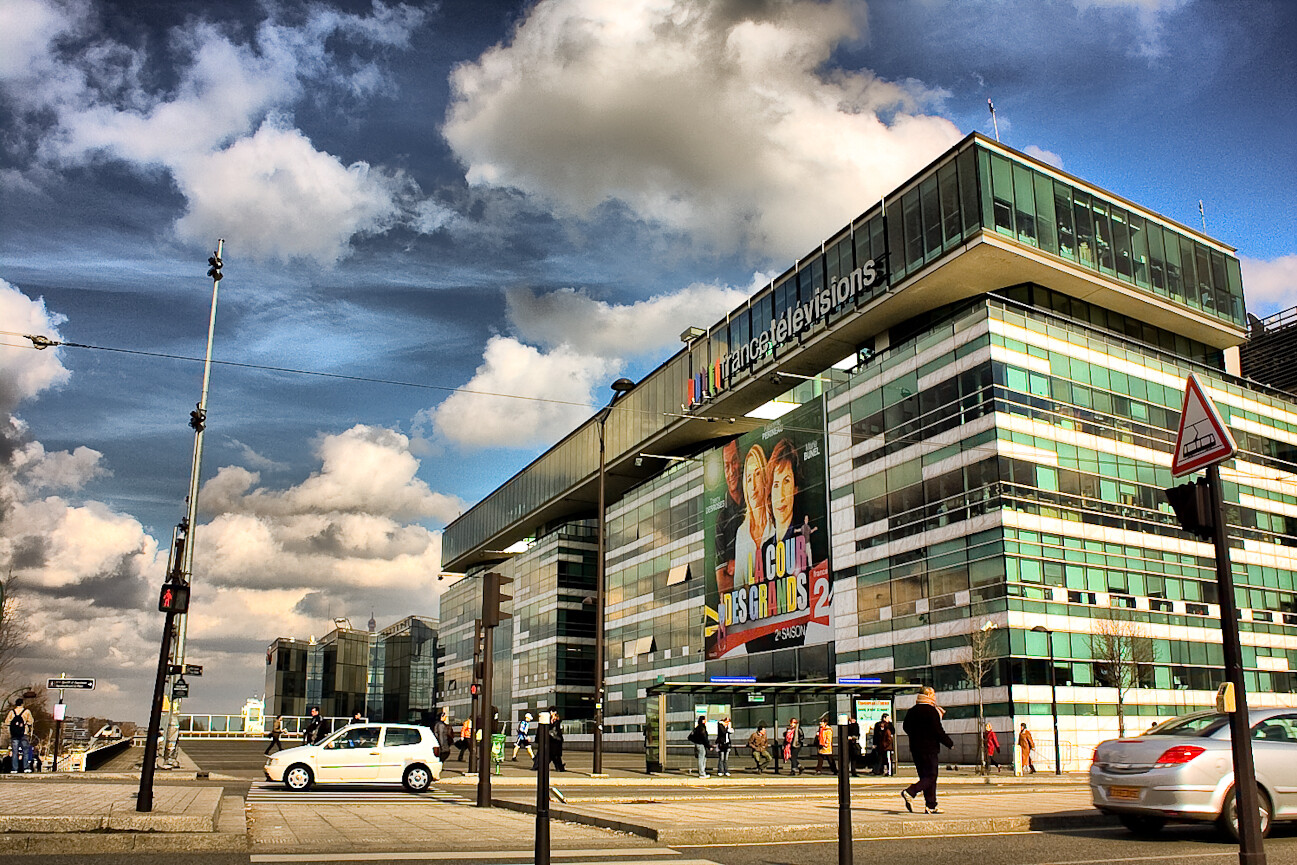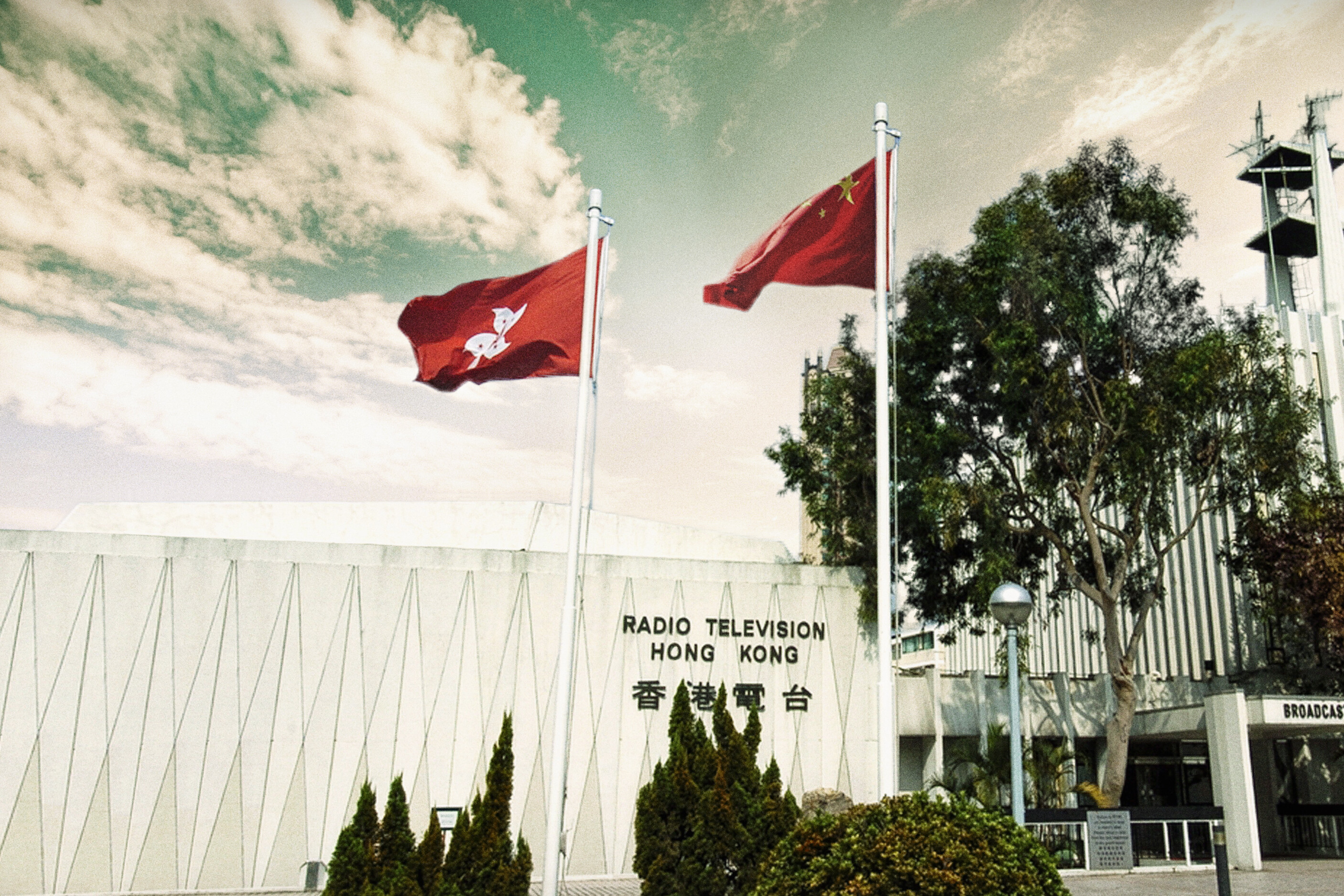The new year will bring both challenges and promises of innovation for the Italian broadcaster Radio Televisione Italiana (RAI).
Before saying goodbye to 2017, RAI announced a new commitment to innovation with a new public service contract, more content in English and a greater investment in local content to supply globally.
However, RAI still faces criticism, privatisation proposals and a recent plan to abolish the licence fee altogether. In addition, the broadcaster has also been embroiled in the high salaries row that affected a number of public broadcaster worldwide.
Italian PSB thus faces the task of keeping track with innovation across its services and platforms while operating against political diatribes and attempts of control.
More in detail
› A new contract → RAI will soon sign their service contract for the years 2018-2022 with the Ministry of Economic Development (MISE), prioritising innovation. The contract includes proposals for more investment in the production of documentaries, the possibility of an online portal for young people, more broadcast time for films as well as Italian and European content. The latter will take up to 60% of the programme schedule from 2021, following a government decree announced in October that imposed increased local content quotas on TV channels during primetime hours.
› More English on the screens → RAI also announced it would launch its first English-language TV channel that will come to viewers’ screens in 2018. RAI also plans to invest in high-end series both in English and Italian, like it did for Medici: Masters of Florence, with some drama series already in the pipeline. “As a public broadcaster we think that being an important player at a national level is not enough,” said Eleonora Andreatta, head of Rai Fiction. “Rai has decided to play a fundamental role in the development of Italy’s audiovisual industry overseas.”
› Code of conduct against sexual harassment → In the recent wave of sexual harassment scandals and charges around the world, and following the proposal of Usigrai, RAI published new and more severe rules of conduct against harassment in the workplace for employees to respond promptly and adequately to these issues.
› Another goodbye to the World Cup → for the first time, it won’t be RAI to broadcast tthis year’s World Cup. Instead, its main competitor – the commercial TV channel Mediaset – will host the majority of matches. The move has sparked outrage among RAI’s employees who consequently went on strike.
› Balance with advertising → RAI was recently criticised by Mediaset for broadcasting too much advertising. Even though the public broadcaster already has a tight advertising cap (currently at 4%), a similar note was made by the president of the Communications Authority (Agcom) who, upon analysing the draft of the new contract, said there should be more differentiation between licence fee and advertising and moves to limit the crowded advertising landscape of the broadcaster.
› Licence fee debate → Since early 2016, Italians have been paying the TV licence fee combined with their electricity bill in a bid to reduce tax evasion. Despite initial discontent with the move, the combined fee resulted in a growth in income revenue and decrease of tax evasion for the year 2016, with a 34% growth in payments the measure was approved. In addition, the fee lowered from €113.50 to €90, which makes it one of the cheapest in Europe. Nonetheless, the fee still remains one of the most contested by citizens. Last week, the former Prime Minister, Matteo Renzi – and now secretary of the PD party – announced he would scrap the licence fee altogether, on the pretext of lifting the financial burden off citizens’ shoulders. But the proposal was heavily criticised and stirred up a debate among politicians. Some, like the Minister of Economic Development Carlo Calenda, deemed it a ‘mockery’ and an ‘error’ that would make the broadcaster subject to political control. Others, however, favoured the proposals promoting the idea of a complete and progressive privatisation of the broadcaster. RAI’s journalists union UsigRAI promptly intervened: “Timely as a Swiss clock, when the electoral campaign starts, there come attacks on RAI” they said. “It’s a script that has been repeated for years: we point out that in countries where the license has been abolished, public service media has been greatly reduced, to the benefit of the private sector”. And they concluded: “We expect a tough public stance by the management at RAI, to defend the autonomy and the future of the company”.
› More fee exemptions → The Prime Minister Paolo Gentiloni thinks there should be a larger threshold for the licence fee exemption. “If we can get the public to pay less, it can be a good thing. If anything, I would concentrate on making some social groups pay less as the exemption of the fee in Italy is very limited,” he said. “Exempting more families would be very important”. He then went on to reinforce the importance of public broadcasting in the country. “A great European country has a great public service and we have it”, he said. “Rai is a piece of Italy for Italians at home and in the world, let’s hold on to it. We must defend RAI but that it has to have its own specificity”, he added.
In other news
› The situation for journalists in Italy is not rosy. According to RSF, in 2017 almost 200 Italian journalists received police protection and around 10 journalists currently have permanent police bodyguards. These journalists often cover organised crime stories, which exposes them and their families to serious dangers.
› In South Tyrol, the public service broadcaster RAS (Radiotelevisione Azienda Speciale/ Rundfunk-Anstalt Südtirol) moved to digital only radio broadcasting, with its DAB+ network reaching 99.5% of the local population, with 22 digital radio programs and 84 transmitters. The move follows the steps taken by Norway, who last month became the first country to switch off National radio broadcast on FM. RAI has already announced it will increase its investments in DAB+ across the country, including the launch of a new app, although it will also improve its services for FM reception.
› Recent research published this year showed that Italians predominantly get their news from TV, especially via national TV news outlets (88%) and then on the internet (77%). A lower percentage (14%) uses radio for the same reason.
The links above are to original stories, which are not produced by PMA. ‘Focus on PSM’ brings together stories from regions experiencing periods of heightened debate about the role of public media, media independence and media freedom. PMA does not necessarily endorse these stories nor do they necessarily reflect the view of PMA.
Header Image: RAI building in Rome. Credit: Simone Graziano Panetto/Creative Commons


